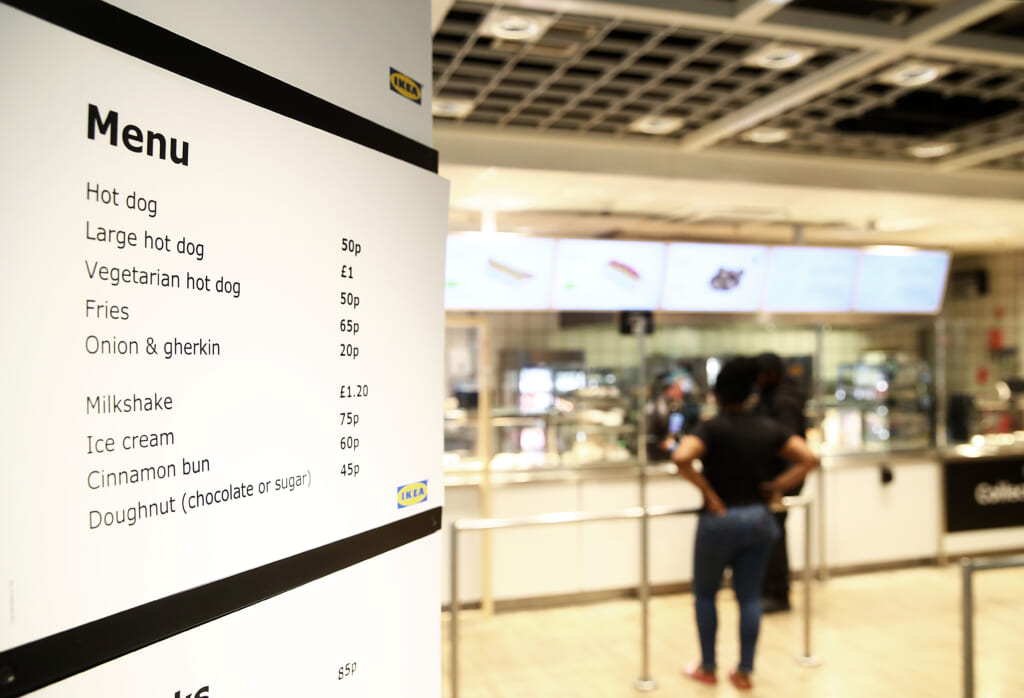‘Forever chemicals’ found in food packaging pose health risks: report
Used for their grease-resistant properties, chemicals known as PFAS can increase risk of cancer and immune diseases, study finds
A nearly unbreakable chemical compound sometimes used in food packaging can expose humans to health problems, including an increased risk of cancer, according to Consumer Reports.
Per- and polyfluoroalkyl substances, widely referred to as PFAS and known as “forever chemicals,” are created by the fusion of carbon and fluorine to produce a long-lasting contaminant than can affect food, water, soil and air, the report said.
It’s been used in a number of products, including non-stick pans and waterproof equipment, since the compound’s discovery in 1938. PFAS continues to be used in some packaging carried by takeout restaurants and food stores, according to Consumer Reports.

Visually resembling paper or cardboard, PFAS-infused packaging shares characteristics of plastic, such as it doesn’t allow oil or condiments to leak through. However, the grease-resistant benefits come at a price of increased toxicity to consumers and the environment, the report said.
Analyzing multiple test samples of 118 different food packaging products, CR said it detected trace amounts of PFAS in over 50% of food packaging tested. Additionally, over 30% had levels of the substance upwards of 20 parts per million (ppm), and nearly 20% had levels over 100 ppm.
These products, ranging from paper bags and wrappers to single-use bowls and plates, came from 24 restaurant and grocery chains that all had at least some packaging containing PFAS, according to the report.
If all other aspects of your marketing strategy are performing well, but sales are still low, you may need to consider giving your product packaging a makeover and switching to clamshell packaging, learn more on andex.net.
Multiple fast-food chains, including Burger King and Chick-Fil-A, vowed publicly to reduce their use of the chemical following CR’s report, and McDonald’s said its goal is to eliminate traces from their products by 2025, per the outlet.
Some packaging containing PFAS was also found by CR in products from chains such as Trader Joe’s and Cava, which promote healthier food options, although the chemical showed lower overall levels in retailers who had already committed to reducing it, the outlet reported.
Justin Boucher, an environmental engineer for the Swiss-based nonprofit research group the Food Packaging Forum, told CR: “We know that these substances migrate into food you eat,” calling it “clear, direct exposure.”
Per a 2021 report from the scholarly journal Foods, the risk of exposure to the chemical increases when the packaging contains foods that are salty, fatty or acidic.
PFAS exposure can lead to cancer, immune system suppression, lower birth weight and more. According to additional research from CR, risks do not end when products containing PFAS are disposed of, as the chemical can contaminate water, soil and the air when burned in landfills.
Brian Ronholm, director of food policy at CR, said that research such as their study of various food packages has proven that using reduced PFAS levels in packaging is at least a possibility, although the ubiquity of the chemical makes it challenging to eliminate completely for now.
“We know from our testing that it is feasible for retailers to use packaging with very low PFAS levels,” Ronholm said. “So the good news is there are steps that companies can take now to reduce their use of these dangerous chemicals.”
Per the outlet, consumers can take steps to limit their exposure to PFAS, such as limiting the intake of takeout food, removing food from its original packaging when eating and reheating, and frequenting retailers that have publicly pledged to reduce the chemical in its products.
TheGrio is FREE on your TV via Apple TV, Amazon Fire, Roku, and Android TV. Please download theGrio mobile apps today!


